(What’s the Story) Morning Glory? by Oasis
Buy (What’s the Story) Morning Glory? The second blow of the potent 1-2 punch by Oasis at the start of their career was the 1995 album (What’s the Story) Morning Glory?, which fully […]
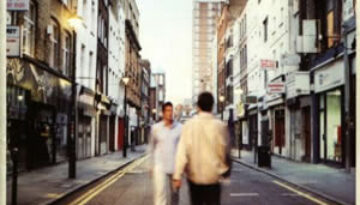
Buy (What’s the Story) Morning Glory? The second blow of the potent 1-2 punch by Oasis at the start of their career was the 1995 album (What’s the Story) Morning Glory?, which fully […]
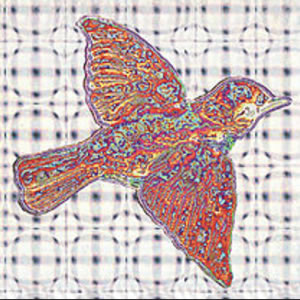
Buy ‘Til the Medicine Takes The 1999 release of ‘Til the Medicine Takes was Widespread Panic‘s sixth studio album and it finely displays the musical breadth of this Athens, Georgia based Southern rock/jam […]
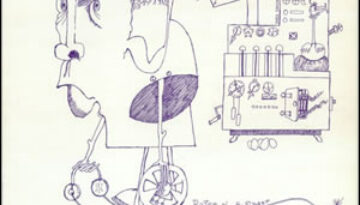
Buy “Roger the Engineer” The Yardbirds put out their strongest album ever in 1966 as well as their only album of all original material. It originally had an eponymous title but has come […]
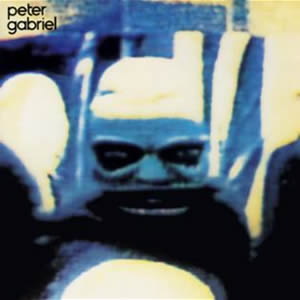
Buy Peter Gabriel (1982) In 1982, Peter Gabriel released his fourth self-titled solo album, which was labeled “Security” on the shrink wrap of some early LP pressings. While this album lacked an original […]
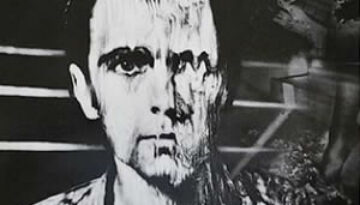
Buy Peter Gabriel (1980) Peter Gabriel‘s third solo album was also the third to be officially eponymous, although this 1980 record has been given the unofficial title “Melt”. This album is credited as […]